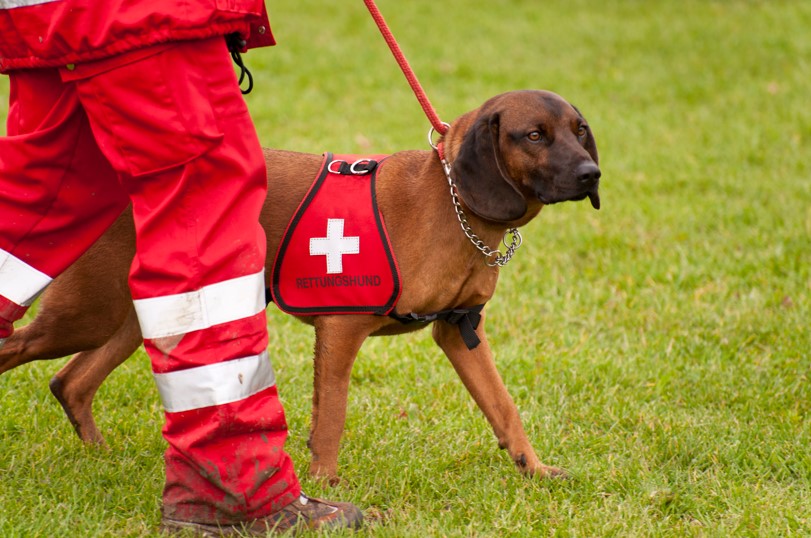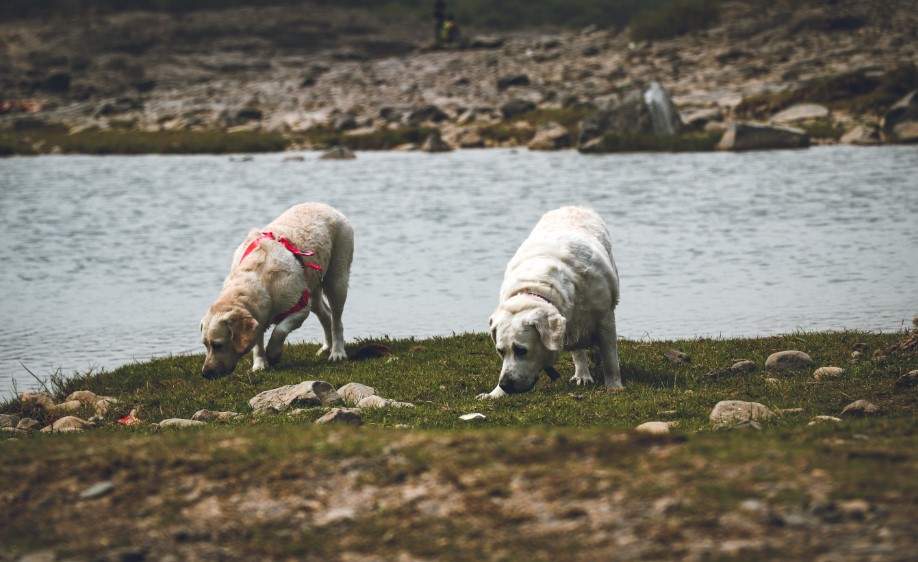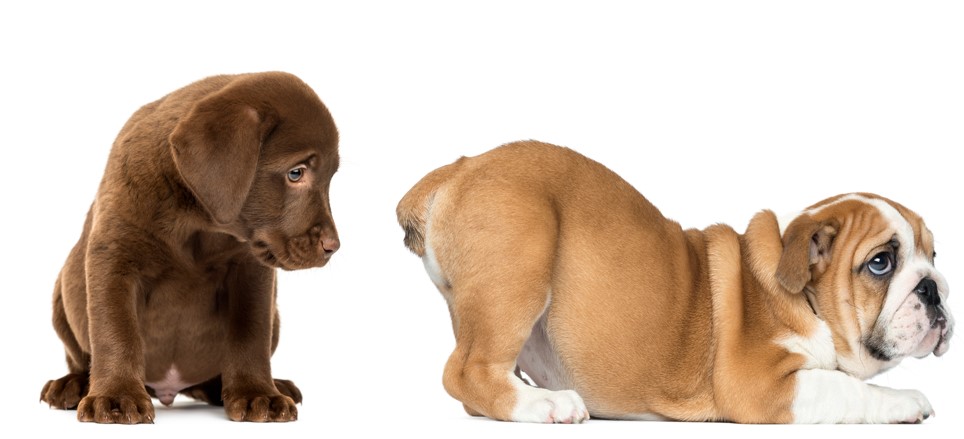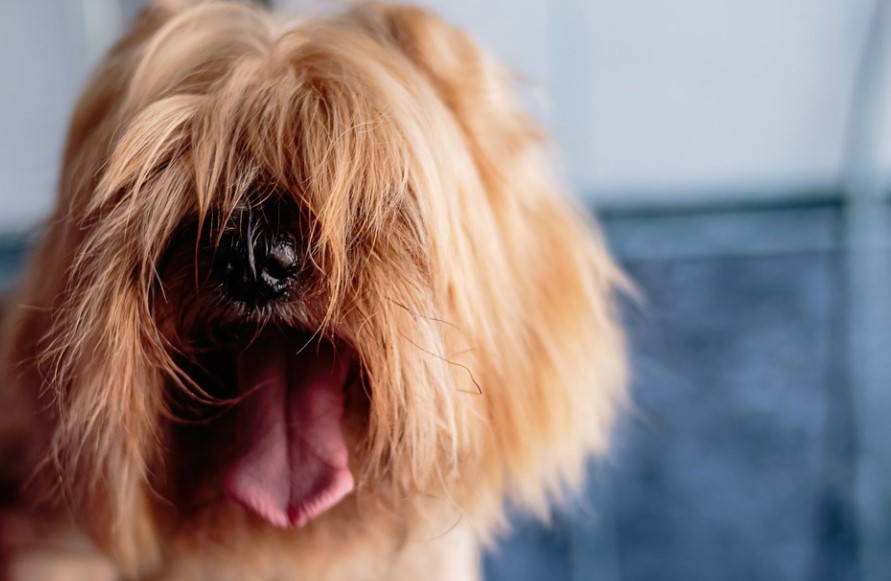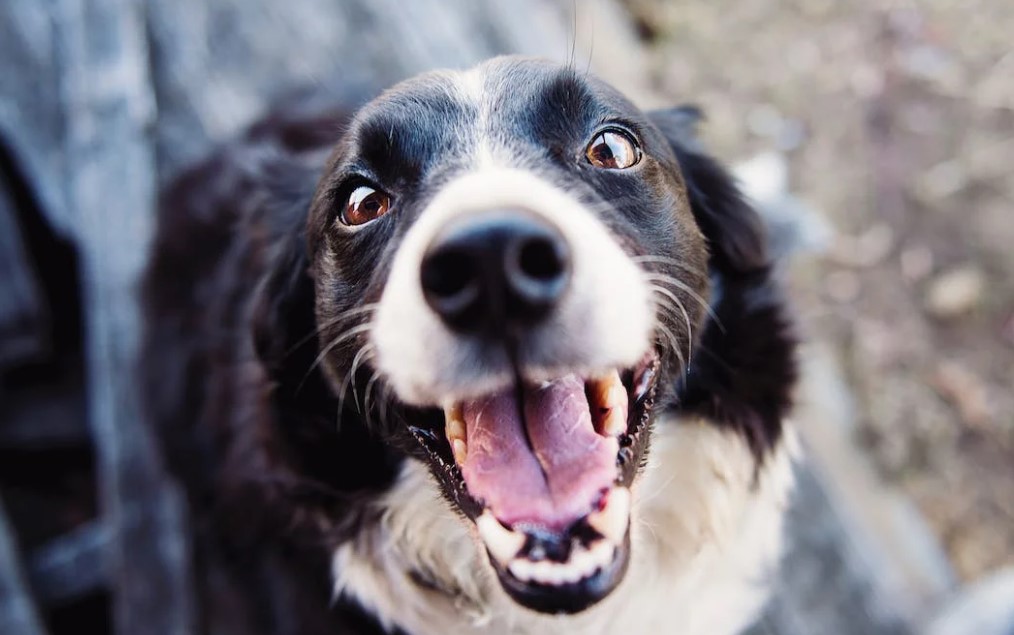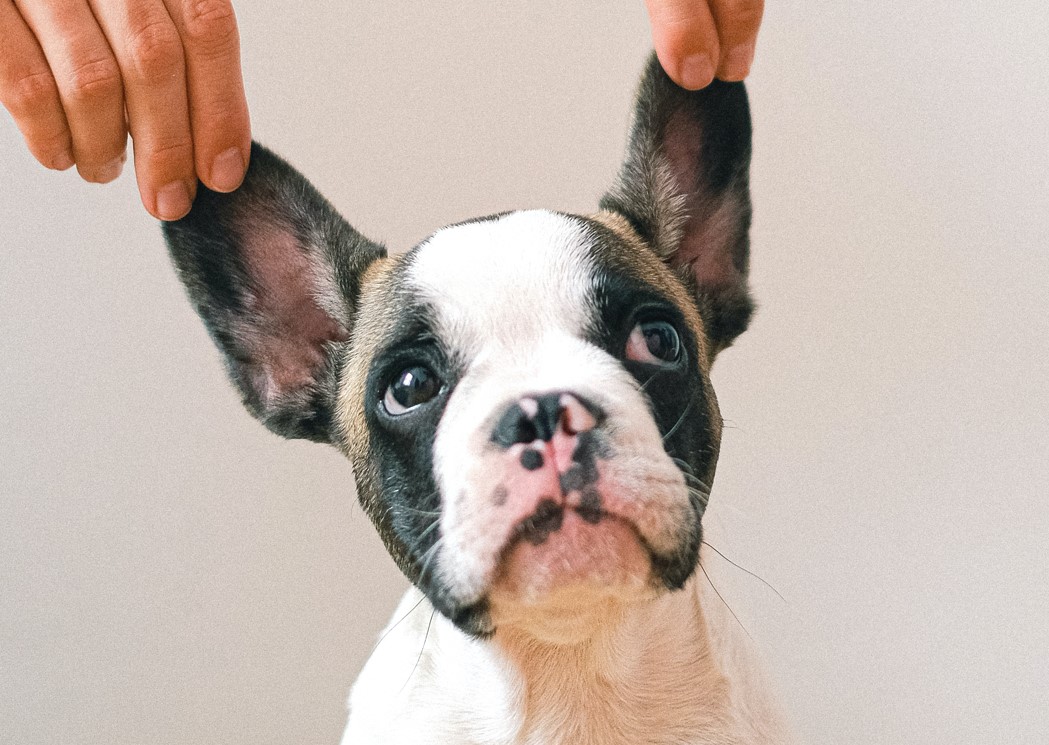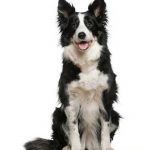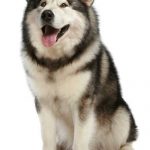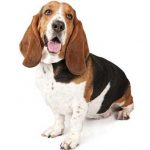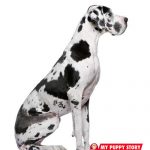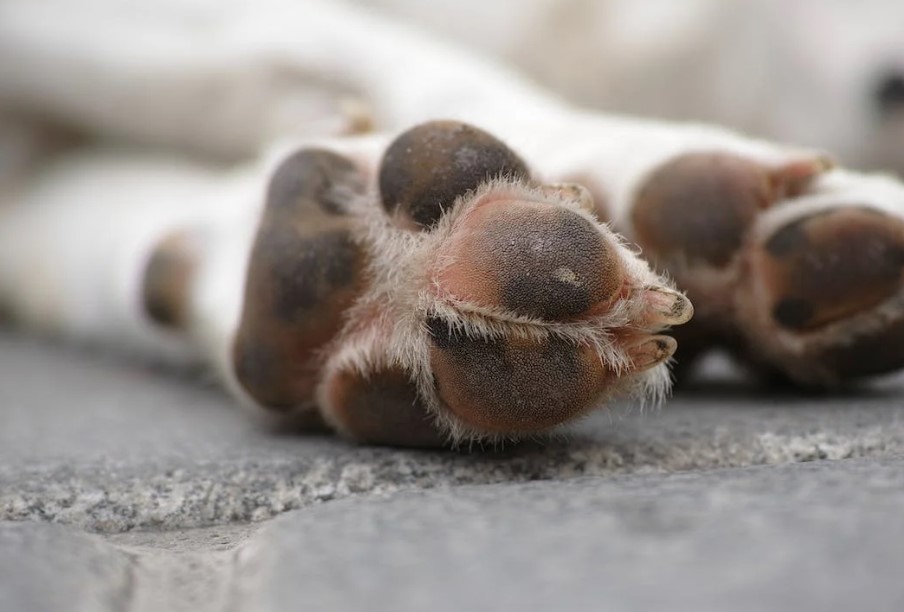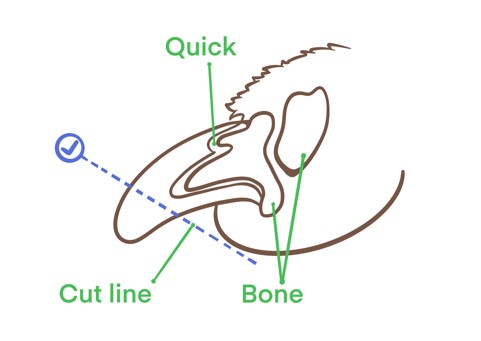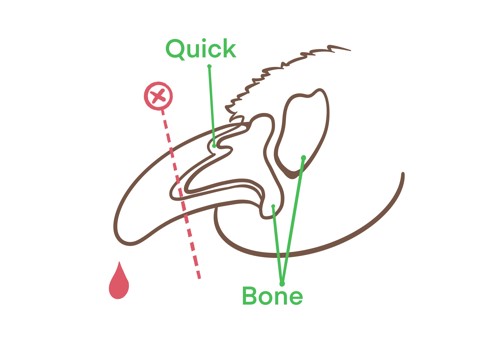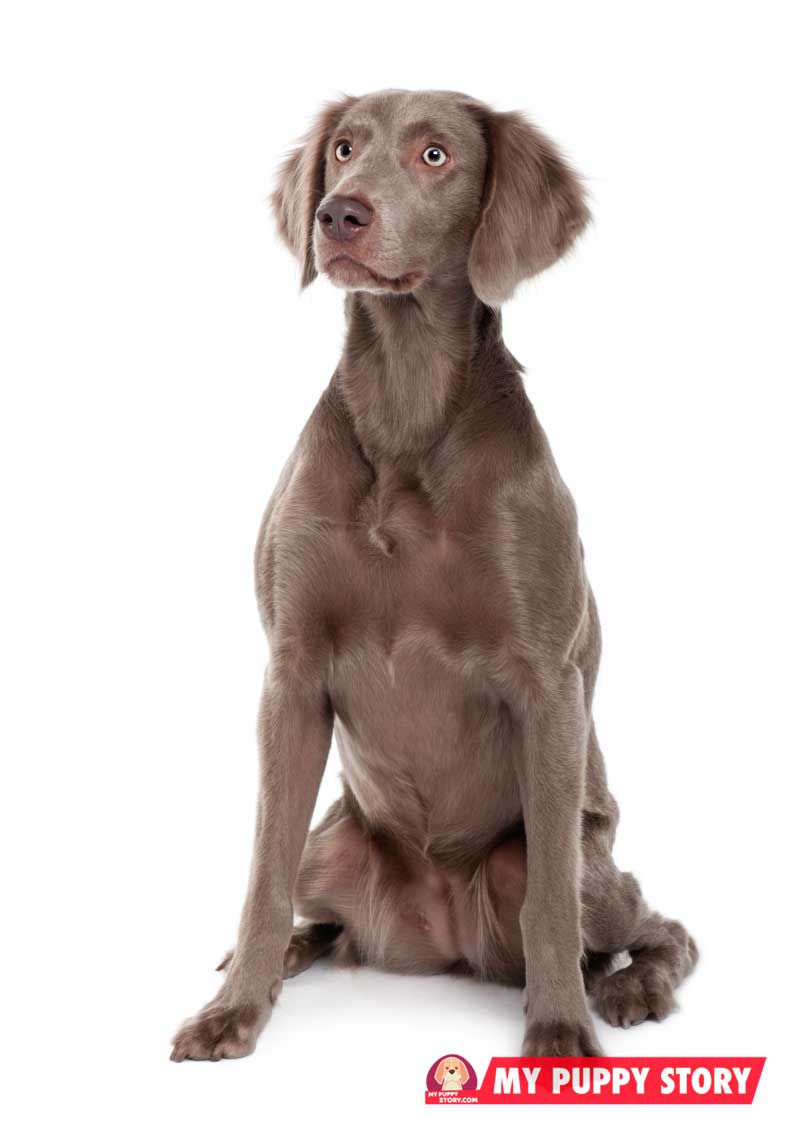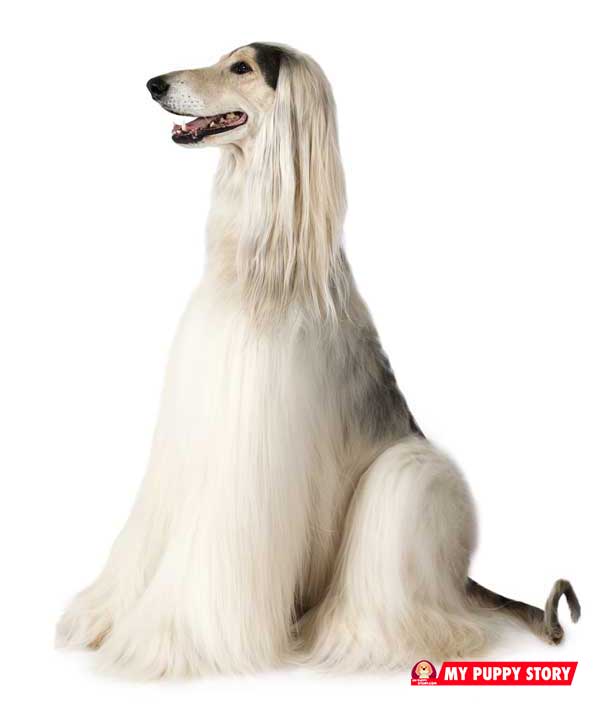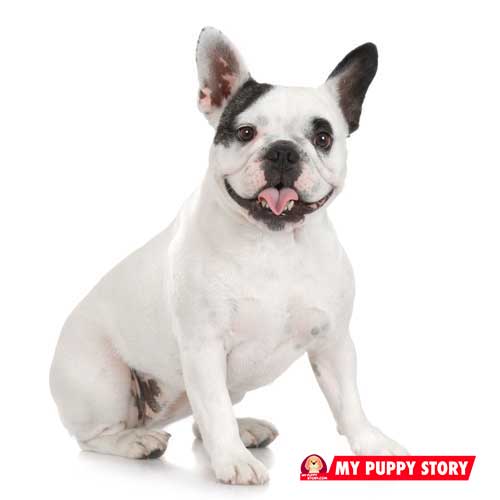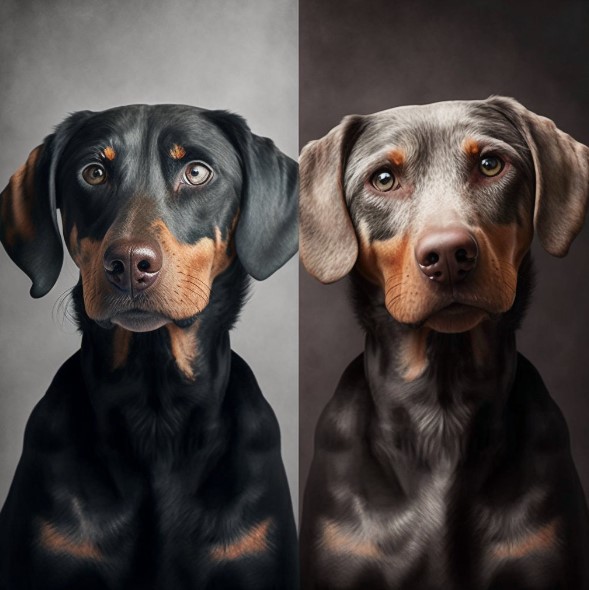Dogs have been used for rescue operations for centuries, with the earliest documented use by the monks of the Great Saint Bernard hospice in Switzerland in the early 1800s. This legacy continues to this day, as rescue dogs remain crucial in saving lives in various situations.
Early History
The monks of the Great Saint Bernard hospice used their dogs to save hundreds of people from the snow, including the famous Barry, who saved 40 lives from 1800 to 1812. The first organized rescue operations using dogs emerged around the same time.
Red Cross and Search & Rescue Operations in the 19th and 20th Centuries
The advent of independent medical organizations like the Red Cross in the late 19th century marked the beginning of the use of search and rescue dogs in modern times. These war dogs were trained to locate wounded soldiers on battlefields and to carry messages through enemy lines. The German Association for Red Cross Dogs was established in 1890 and the first guide for training these dogs was released in 1903.
The Red Cross dogs used the bringsel technique, where they picked up an item near a wounded soldier to alert the handler. However, this method was not always successful, leading to the dogs being withdrawn. The German psychologist Oskar Pfungst solved the issue by attaching a bringsel to the dog’s collar, and the dog would bring it to the handler upon discovering a wounded person.
From War to Search & Rescue: The Evolution of Rescue Dogs
After World War I, the work of Red Cross dogs was taken over by soldiers and volunteers. The training for guide dogs for the blind, however, utilized war dogs, and later, specifically bred dogs. The first search and rescue dogs were used to search for victims beneath rubble towards the end of World War II in England.
In the 1960s, governments started to focus more on protecting civilians during wars and disasters. Despite advancements in technology, some dog enthusiasts continued training and utilizing their search and rescue dogs. The continued success of search and rescue dogs, despite technological advancements, highlights the strong bond between dogs and humans.
Bringsel Technique: A Solution for Alerting Handlers
The Red Cross dogs were originally instructed to remain by the side of an injured soldier and bark until the handler arrived. However, this approach proved challenging as it was difficult to find the barking dog in the dark and it drew enemy attention. To overcome this challenge, the dogs were taught to pick up an item nearby the injured person as an alert to the handler. This technique was named the bringsel technique, and the item could be anything close to the injured person, such as a helmet, gun, or shoe.
However, this method proved to be problematic on actual battlefields as the dogs sometimes couldn’t find anything to pick up near the victim and ended up taking something from the wounded person’s body, causing more harm than good. The use of Red Cross dogs was temporarily suspended, until psychologist Oskar Pfungst found a solution. He affixed a bringsel, a small leather item, to the dog’s collar and trained the dog to take it in its mouth and bring it to the handler as soon as it found a person in need. This new technique with bringsels enabled Red Cross dogs to resume their important work on the battlefield.
The Rise of Search and Rescue Dogs
Since the discovery of their potential on battlefields, search and rescue dogs have continued to prove their effectiveness in the field of disaster relief. Despite the development of various technical instruments for locating buried individuals, they have been unable to match the success of search and rescue dog teams.
In 1976, after a major earthquake in northeastern Italy, twelve Swiss teams went on a mission and were able to save 18 victims alive and retrieve 125 dead bodies, attracting the attention of professionals and leading to the widespread training of search and rescue dogs throughout Europe.
Even in the face of doubts about their effectiveness in modern, concrete cities, search and rescue dog teams were able to save ten people and retrieve 97 bodies from the rubble of Bucharest after a 1977 earthquake. The success of search and rescue dogs in various disasters solidified their place as a crucial tool in disaster relief efforts.
Conclusion: The Remarkable Bond Between Dogs and Humans
Rescue dogs have a rich history, starting from the Great Saint Bernard to the present day. From war dogs to search and rescue dogs, they have been a lifesaver for humans in countless situations. Despite the technological advancements, the success of search and rescue dogs in practice is a testament to the remarkable bond between dogs and humans.
FAQs:
Q: What is the Bringsel Technique?
A: The Bringsel Technique is a method used by search and rescue dogs to alert their handlers of a find. The dogs are trained to pick up a designated item, such as a leather bringsel, and bring it to their handler instead of barking. This method was introduced as an improvement over barking, which could attract enemy fire in wartime, and sometimes caused harm to wounded soldiers.
Q: What makes a search and rescue dog effective?
A: A search and rescue dog’s effectiveness is largely dependent on the training received by both the dog and its handler. Proper training ensures that the dog is able to perform its search and alert duties effectively and safely, and that the handler is able to respond quickly and effectively to the dog’s signals.
Q: What breeds are best suited for search and rescue work?
A: Many breeds can be trained for search and rescue, but some of the most commonly used breeds include German Shepherds, Labrador Retrievers, Golden Retrievers, and Belgian Malinois. The breed chosen will depend on the specific requirements of the search and rescue organization, as well as the individual dog’s temperament and ability.
Q: How is a search and rescue dog trained?
A: Training a search and rescue dog involves a combination of obedience training, scent detection training, and training in searching and alerting techniques. The training process can take several months to a year, depending on the level of difficulty of the tasks required, and the dog’s individual progress.
Q: What should be taken into account when looking for a breeder for a new SAR dog?
A: A successful match depends on finding the right breeder for the job. Interviews should be conducted to make sure the pup is up to the standards needed for SAR work – seeking someone who specializes in working dogs as opposed to show breeds is recommended.
Q: How do we ensure retired SAR dogs stay comfortable and happy?
A: Retired SAR dogs need regular vet visits, a safe environment, nutritious meals, and activities to keep them occupied. They deserve lots of love and respect – just like they did while they were working!

